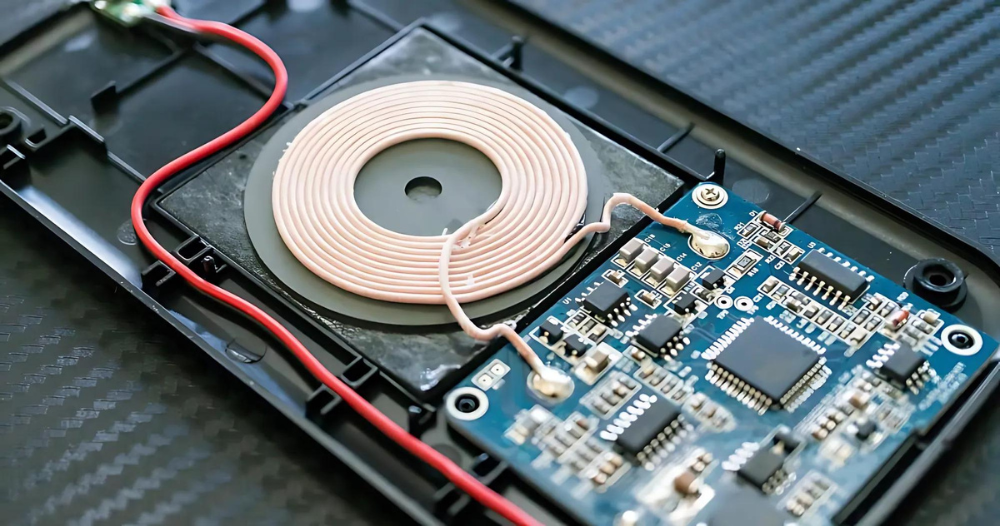Discover the role of the charging IC of mobile phones, managing battery safety and efficiency for optimal charging performance and longevity. Learn more!
Table of Contents
Introduction
The charging IC (Integrated Circuit) is a vital component in mobile phones, playing a crucial role in battery management. This small yet powerful chip ensures that your device charges safely and efficiently, regulating voltage and current to prevent overheating and overcharging. With features that support various charging modes and built-in safety mechanisms, the charging IC not only optimizes charging speed but also helps extend battery life. Understanding its functions can give you insight into how your smartphone operates and the importance of proper charging practices.
What is Charging IC of Mobile Phone?
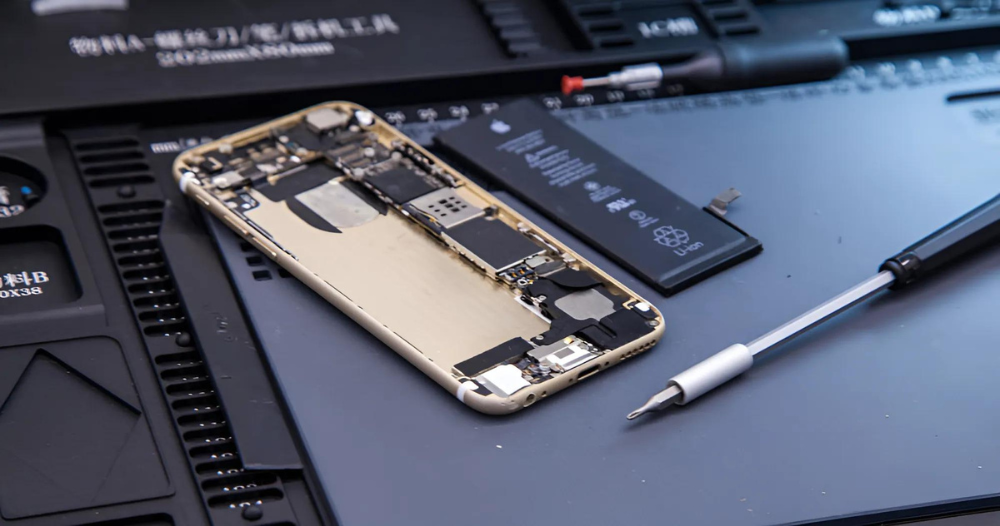
The charging IC (Integrated Circuit) in a mobile phone is a crucial component responsible for managing the charging process of the device’s battery. It regulates the voltage and current that flow into the battery, ensuring safe and efficient charging. Key functions of the charging IC include:
- Voltage Regulation: It adjusts the voltage to prevent overcharging and protect the battery’s health.
- Current Management: It controls the amount of current supplied to the battery, optimizing charging speed while preventing overheating.
- Thermal Management: Many charging ICs have built-in temperature sensors to monitor battery temperature and adjust charging accordingly.
- Battery Protection: It often includes safety features to prevent short circuits, overcurrent, and other potential hazards.
- Charging Modes: The IC can support various charging modes, including fast charging and trickle charging, depending on the device and charger capabilities.
Overall, the charging IC plays a vital role in ensuring the longevity and safety of the battery in mobile devices.
Voltage Regulation in Charging IC of Mobile Phone
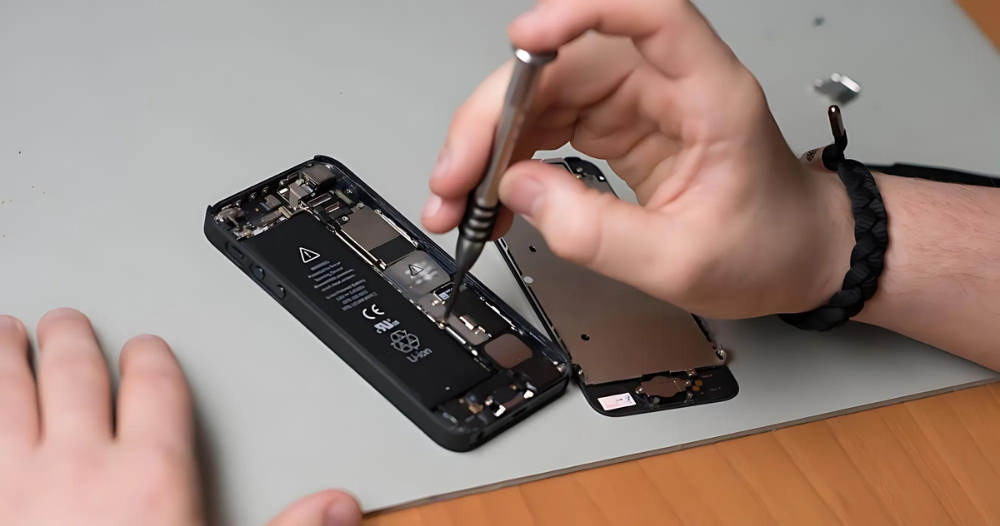
Voltage regulation is a critical function of the charging IC in mobile phones, ensuring that the battery receives the correct voltage during charging. Here’s a closer look at how this process works:
1. Purpose of Voltage Regulation
- Safety: Prevents overvoltage, which can damage the battery and reduce its lifespan.
- Efficiency: Ensures optimal charging speed without overheating or stressing the battery.
2. How It Works
- Input Voltage Detection: The charging IC monitors the voltage from the power source (charger).
- Adjustment: It adjusts the voltage output to match the battery’s requirements, typically around 4.2V for lithium-ion batteries.
- Feedback Mechanism: The IC uses a feedback loop to continuously monitor and adjust the voltage, ensuring stability throughout the charging cycle.
3. Different Charging Modes
- Constant Current (CC) Mode: Initially, the IC provides a constant current to quickly charge the battery until it reaches a specified voltage.
- Constant Voltage (CV) Mode: Once the battery reaches the target voltage, the IC switches to constant voltage mode, gradually reducing the current to prevent overcharging.
4. Protection Features
- Overvoltage Protection: Automatically cuts off charging if the voltage exceeds safe limits.
- Thermal Protection: Monitors temperature and reduces charging speed if it gets too hot.
5. Impact on Battery Life
- Proper voltage regulation minimizes stress on the battery, helping maintain its health and extending overall lifespan.
In summary, voltage regulation in mobile phone charging ICs is essential for safe and efficient battery charging, preventing damage and enhancing the longevity of the device.
Current Management in Mobile Phone Charging ICs
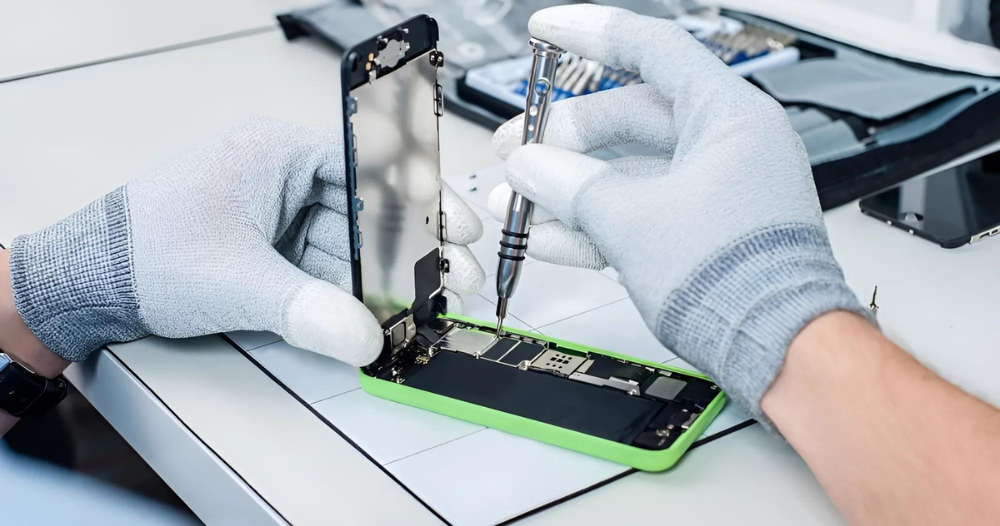
Current management is a vital function of the charging IC (Integrated Circuit) in mobile phones, ensuring that the battery receives the appropriate amount of current during charging. Here’s an overview of how this process works:
1. Purpose of Current Management
- Optimal Charging Speed: Regulates the current to achieve the fastest charging without compromising battery health.
- Battery Protection: Prevents overcurrent conditions that can lead to overheating, swelling, or even battery failure.
2. How It Works
- Current Sensing: The charging IC continuously monitors the current flowing into the battery.
- Dynamic Adjustment: Based on the battery’s state of charge (SoC) and temperature, the IC adjusts the current output to ensure safe charging.
- Charging Phases:
- Constant Current (CC) Mode: At the beginning of the charging process, the IC delivers a high, steady current to quickly charge the battery until it reaches a specified voltage.
- Constant Voltage (CV) Mode: Once the battery reaches the desired voltage, the IC reduces the current gradually to prevent overcharging.
3. Charging Profiles
- Different batteries have different charging profiles. The charging IC is designed to follow these profiles to ensure compatibility and efficiency.
- Fast Charging: Some ICs support higher current levels for fast charging while still incorporating safeguards to prevent damage.
4. Protection Features
- Overcurrent Protection: The IC can cut off or limit the current if it detects conditions that could lead to excessive current flow.
- Thermal Management: Many ICs monitor temperature and reduce charging current if the device overheats.
5. Impact on Battery Life
- Proper current management is crucial for maintaining battery health. By preventing overcurrent situations and adapting to the battery’s needs, the IC helps extend the battery’s overall lifespan.
Thermal Management in Mobile Phone Charging ICs
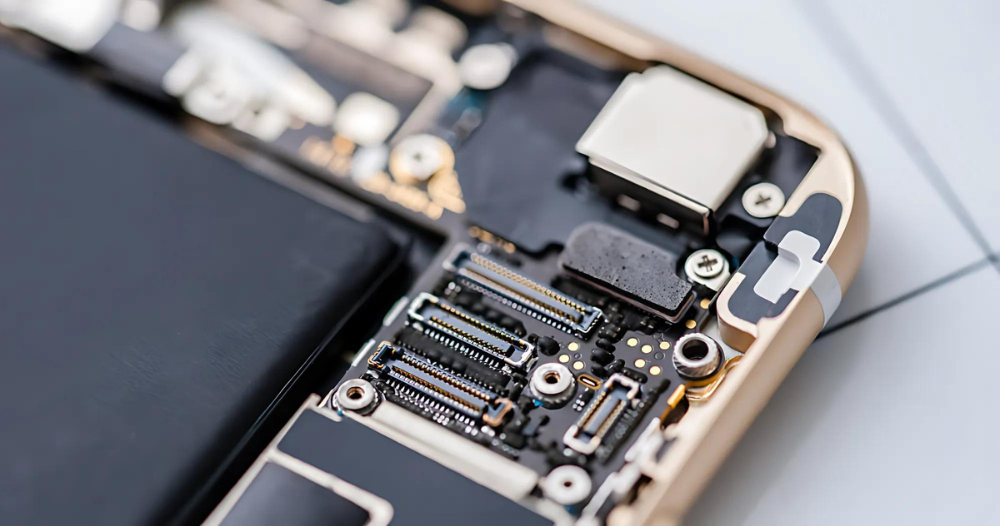
Thermal management is a critical aspect of the charging IC (Integrated Circuit) in mobile phones, ensuring safe operation during the charging process. Here’s an overview of how thermal management works within these ICs:
1. Purpose of Thermal Management Mobile Phone Charging IC
- Prevent Overheating: Protects the battery and internal components from damage due to excessive heat.
- Ensure Safety: Reduces the risk of battery swelling, leaks, or catastrophic failure caused by high temperatures.
- Maintain Performance: Ensures that the charging process remains efficient without performance degradation.
2. How Thermal Management Works in Mobile Phone Charging IC
- Temperature Sensing: The charging IC is equipped with built-in temperature sensors that continuously monitor the temperature of the battery and surrounding components.
- Adaptive Control: If the temperature exceeds a predefined threshold, the IC can adjust the charging parameters:
- Reduce Charging Current: Lowering the current can help dissipate heat more effectively.
- Switch to Safe Modes: The IC might shift to a lower charging mode or pause charging until the temperature returns to a safe range.
3. Heat Dissipation Techniques in Mobile Phone Charging IC
- Thermal Pads and Heat Sinks: Some designs incorporate thermal pads or heatsinks to help dissipate heat away from the IC and battery.
- PCB Design: The layout of the printed circuit board (PCB) can influence heat distribution, with designs optimized for better airflow and heat dispersion.
4. Integration with Other Components
- Collaboration with Battery Management Systems (BMS): The charging IC often works in tandem with a BMS that also monitors temperature and health status, allowing for coordinated responses to thermal conditions.
5. Impact on Charging Efficiency in Mobile Phone Charging IC
- Effective thermal management not only enhances safety but also improves charging efficiency. Keeping temperatures within optimal ranges ensures that charging times remain short without risking damage to the battery.
Battery Protection in Mobile Phone Charging ICs
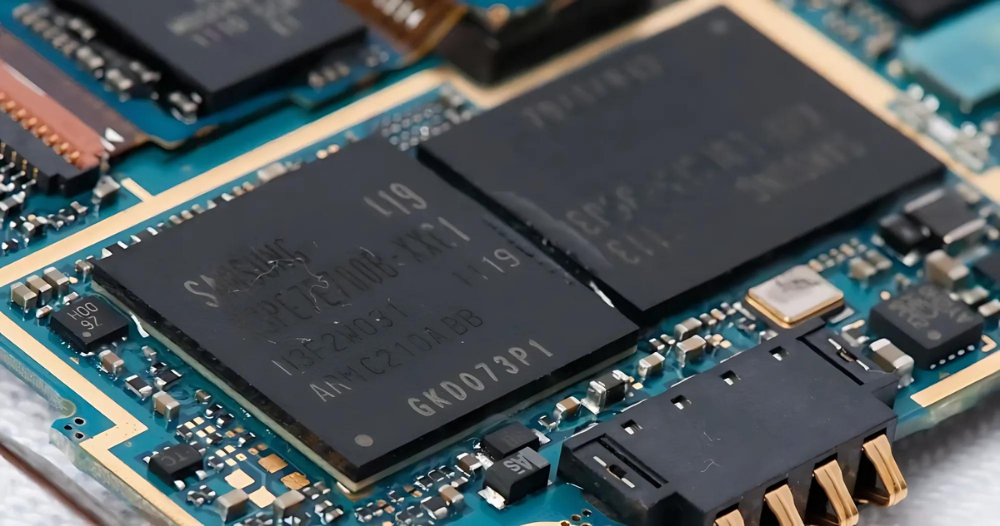
Battery protection is a crucial function of the charging IC (Integrated Circuit) in mobile phones, ensuring the safety and longevity of the battery during the charging process. Here’s an overview of how these protections work:
1. Purpose of Battery Protection in Mobile Phone Charging IC
- Prevent Overcharging: Protects the battery from excessive voltage that can lead to overheating and damage.
- Avoid Deep Discharge: Prevents the battery from discharging beyond a safe level, which can lead to capacity loss and reduced lifespan.
- Ensure Safety: Mitigates risks of battery swelling, leaks, or fires due to electrical faults.
2. Key Protection Features of Mobile Phone Charging IC
- Overvoltage Protection:
- The charging IC monitors the voltage levels and disconnects the charging circuit if it detects an overvoltage condition, ensuring the battery is not charged beyond its maximum voltage limit.
- Overcurrent Protection:
- The IC regulates the current supplied to the battery, cutting off or limiting the current if it exceeds safe levels, preventing overheating and potential damage.
- Short-Circuit Protection:
- If a short circuit is detected, the charging IC can quickly disconnect power to prevent damage to the battery and the device.
- Thermal Protection:
- The IC includes temperature sensors that monitor battery temperature. If it gets too hot, the charging current is reduced or halted until the temperature stabilizes.
- Cell Balancing:
- In multi-cell battery configurations, the IC can manage the voltage levels across cells to ensure balanced charging, enhancing overall battery health.
3. Adaptive Charging Techniques
- Smart Charging Algorithms:
- Many modern charging ICs use algorithms that adapt charging speed based on battery conditions, temperature, and usage patterns, optimizing for both performance and safety.
4. Collaboration with Battery Management Systems (BMS)
- The charging IC often works in conjunction with a BMS that monitors battery health, state of charge, and temperature. This collaboration allows for more comprehensive protection strategies.
5. Impact on Battery Life
- Effective battery protection not only ensures user safety but also significantly extends the lifespan of the battery by preventing damaging conditions.
Charging Modes in Mobile Phone Charging ICs
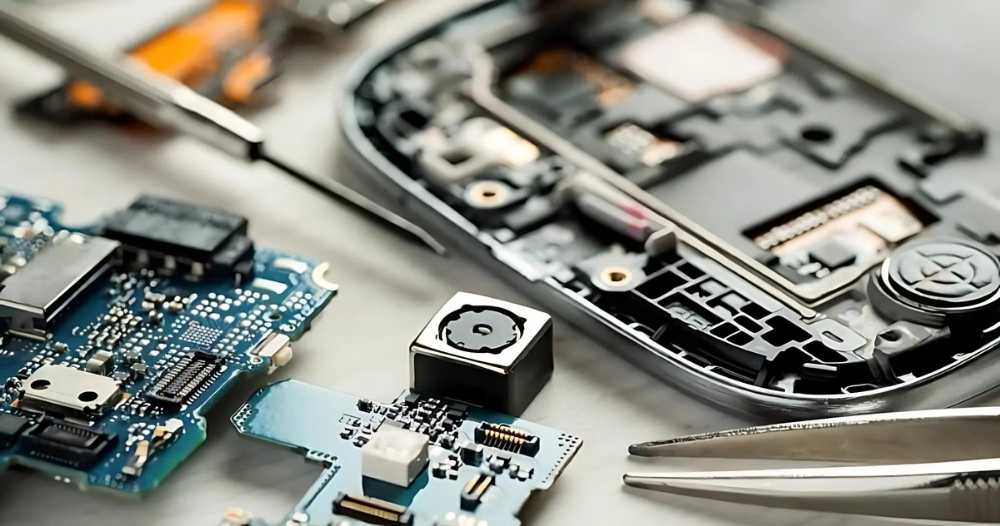
Charging ICs (Integrated Circuits) in mobile phones support various charging modes to optimize battery charging efficiency, speed, and safety. Here’s an overview of the primary charging modes commonly used:
1. Constant Current (CC) Mode in Mobile Phone Charging IC
- Description: In this mode, the charging IC supplies a fixed current to the battery until it reaches a specified voltage.
- Purpose: This allows for rapid charging during the initial phase, maximizing the charging speed without risking battery damage.
- Usage: Typically employed when the battery is low on charge and requires a quick boost.
2. Constant Voltage (CV) Mode in Mobile Phone Charging IC
- Description: Once the battery reaches the target voltage, the IC switches to CV mode, where it maintains a constant voltage while gradually reducing the charging current.
- Purpose: This helps prevent overcharging and ensures the battery is charged to its full capacity without excessive stress.
- Usage: This mode is commonly used during the latter part of the charging cycle when the battery is nearly full.
3. Trickle Charging Mode in Mobile Phone Charging IC
- Description: This mode provides a very low current to the battery, allowing it to charge slowly.
- Purpose: It’s used primarily for maintaining the charge of a fully charged battery or for charging deeply discharged batteries.
- Usage: Often implemented when the battery is at or near its full capacity, ensuring safety and longevity.
4. Fast Charging Mode
- Description: This mode allows for higher current levels, enabling quicker charging times compared to standard charging.
- Purpose: To significantly reduce the time required to charge the battery.
- Usage: Utilized with compatible chargers that support fast charging protocols (e.g., Qualcomm Quick Charge, USB Power Delivery).
5. Wireless Charging Mode
- Description: In this mode, the charging IC manages the power transfer between the charging pad and the phone wirelessly.
- Purpose: To provide a convenient charging option without physical connections.
- Usage: Utilized in devices equipped with wireless charging capabilities, often employing protocols like Qi.
6. Battery Preservation Mode
- Description: This mode reduces charging speed or limits charge levels to preserve battery health.
- Purpose: To extend battery lifespan by preventing cycles of full charge and discharge.
- Usage: Commonly activated during prolonged charging sessions, such as overnight charging.
The Stunning 6.7-Inch OLED Display of Google Pixel 8 Pro
FAQs about Charging IC in Mobile Phones
What is a charging IC in Mobile Phones?
The charging IC (Integrated Circuit) is a component in mobile phones responsible for managing the charging process of the battery, regulating voltage and current.
Why is the charging IC in Mobile Phone important?
It ensures safe and efficient charging, protects the battery from overcharging, and helps extend the battery’s lifespan.
How does the charging IC prevent overheating?
The charging IC monitors temperature and adjusts charging current and voltage accordingly to prevent excessive heat buildup.
Can a faulty charging IC affect battery performance?
Yes, a malfunctioning charging IC can lead to issues such as slow charging, overheating, or even battery damage.
What are fast charging and trickle charging?
Fast charging allows for quicker battery replenishment by supplying higher current, while trickle charging provides a low, steady charge to maintain battery health.
Are all charging ICs the same?
No, different devices may use different charging ICs, each with unique features and capabilities, such as support for various charging standards.
How can I ensure my phone’s charging IC is functioning properly?
Use original chargers, avoid extreme temperatures, and regularly update your phone’s software to ensure compatibility and optimal performance.
What happens if I use a charger not designed for my device?
Using an incompatible charger can stress the charging IC, potentially leading to overheating, slow charging, or damage to the battery and phone.
Feel free to modify or expand on any of these questions based on your needs!
By: Munafekideal
